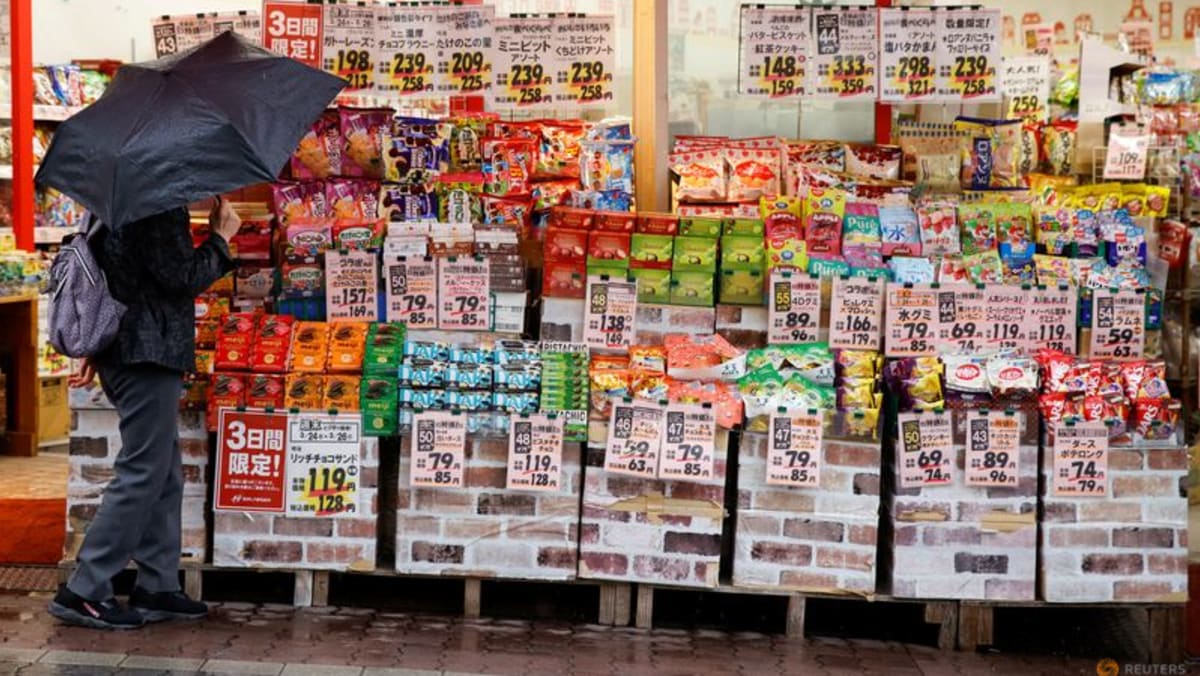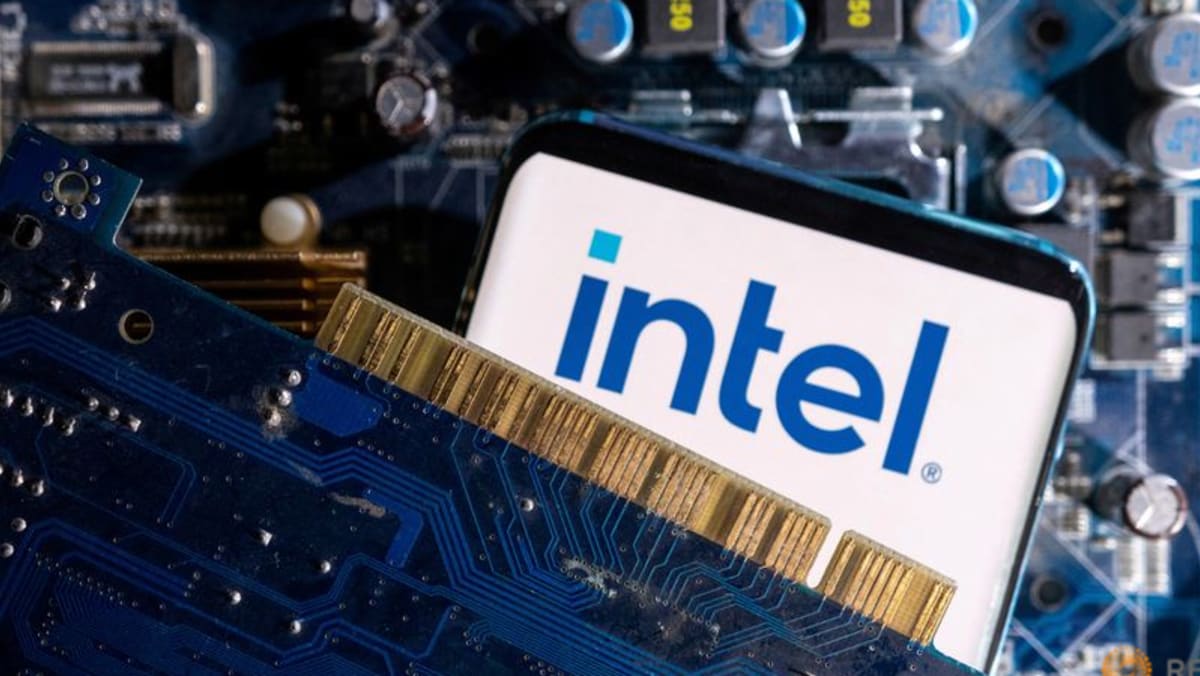TOKYO :Core inflation in Japan’s capital slowed in March and factory output unexpectedly slid in the previous month, heightening uncertainty on how soon the Bank of Japan can raise interest rates again after exiting its radical monetary stimulus.
The slew of weak signs in the economy could prompt the central bank to go slow in its next rate hike and give investors an excuse to continue selling yen, keeping pressure on Japanese authorities to intervene in the market to prop up the currency.
“Factory output is weaker than expected,” said Masato Koike, an economist at Sompo Institute Plus. “Given the weakness in production, the BOJ may find it hard to raise interest rates again soon.”
Core consumer price index (CPI) in Tokyo, an early indicator of nationwide figures, rose 2.4 per cent in March from a year earlier, matching a median market forecast and slowing slightly from a 2.5 per cent gain in February.
A separate index that excludes the effect of both fresh food and fuel costs, viewed as a broader price trend indicator, also showed inflation slowing to 2.9 per cent in March from 3.1 per cent in February, data showed on Friday.
While core inflation is still above the central bank’s 2 per cent target, the slowdown underscores how price pressures in Japan are still predominantly coming from raw material costs rather than robust domestic demand.
“Cost-push inflationary pressures are weakening. We’re also seeing a slowdown in service-sector inflation,” said Toru Suehiro, chief economist at Daiwa Securities.
Separate data showed on Friday Japan’s factory output unexpectedly fell by 0.1 per cent in February from the previous month, against a median market forecast for a 1.4 per cent rise.
Manufacturers surveyed by the Ministry of Economy, Trade and Industry expect output to increase 4.9 per cent in March and rise 3.3 per cent in April, the data showed.
The data may point to caution at the BOJ in implementing further interest rate hikes, after ending an eight-year negative interest rate policy last week.
Despite the rate hike, expectations that the BOJ will go slow in raising interest rates have pushed the yen to a 34-year low against the dollar this week, triggering verbal warnings by authorities against weakening the currency too much.
While a weak yen boosts profit for Japanese exporters, it hurts households and retailers by pushing up the cost of importing raw material and fuel.
The BOJ has said its decision to end negative rates last week was driven by signs that robust demand and the prospect of higher wages were prodding firms to keep hiking prices for both goods and services.
BOJ Governor Kazuo Ueda has said the central bank could hike rates again if inflation overshoots expectations or upside risks to the price outlook heighten significantly.
Big firms have offered bumper pay hikes in this year’s annual wage negotiations, heightening the prospect that Japan will see inflation sustained around the BOJ’s 2 per cent target.
But consumption has showed signs of weakness as rising living costs hit households, casting doubt on the strength of Japan’s economy.
Factory output also remains weak due to production and shipment disruption at Toyota Motor and its small-car unit, which could weigh on the broader economy due to their huge presence in Japan’s manufacturing sector.
Japan’s economy expanded an annualised 0.4 per cent in the final quarter of last year, narrowly averting a technical recession as robust capital expenditure offset weaknesses in consumption.













